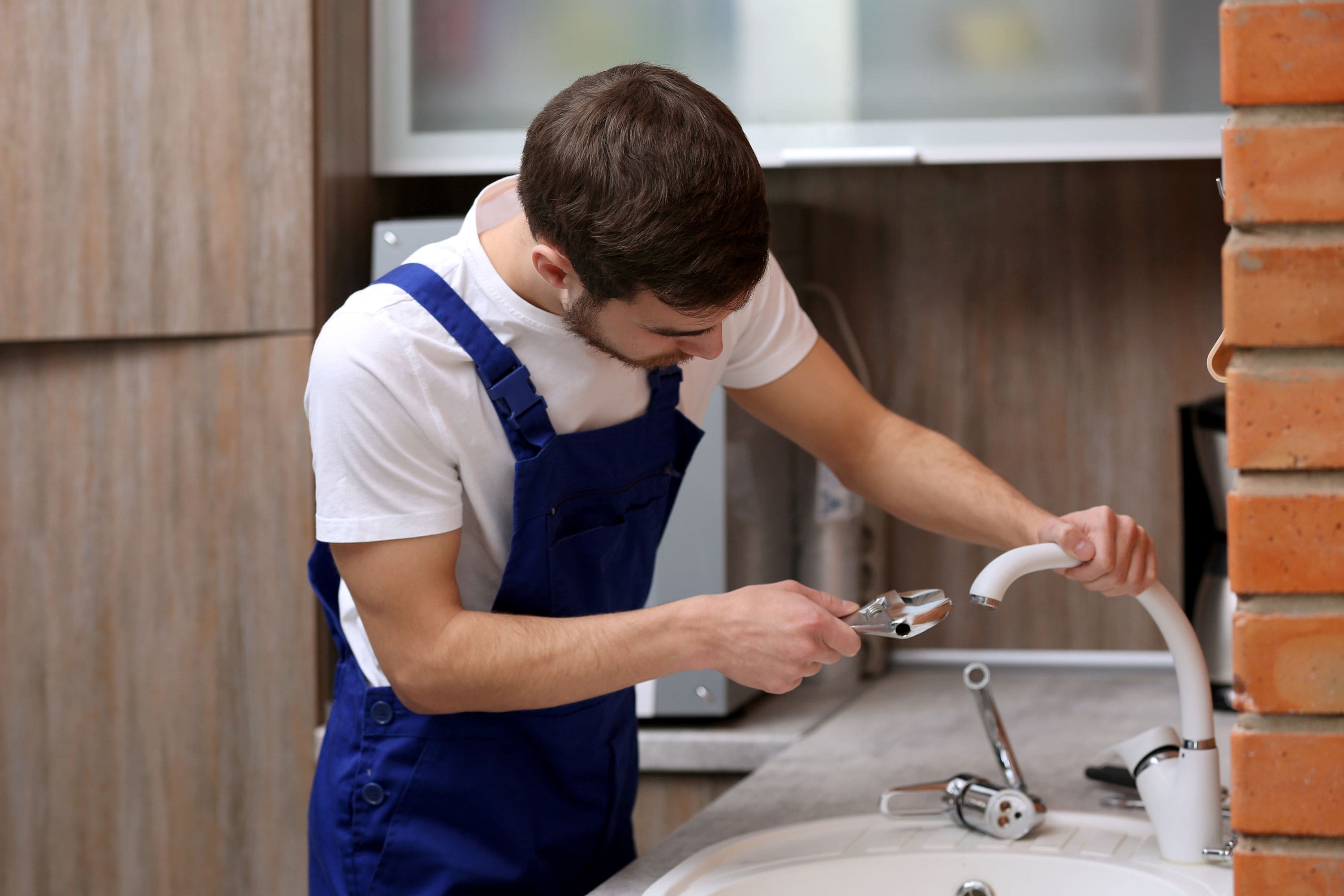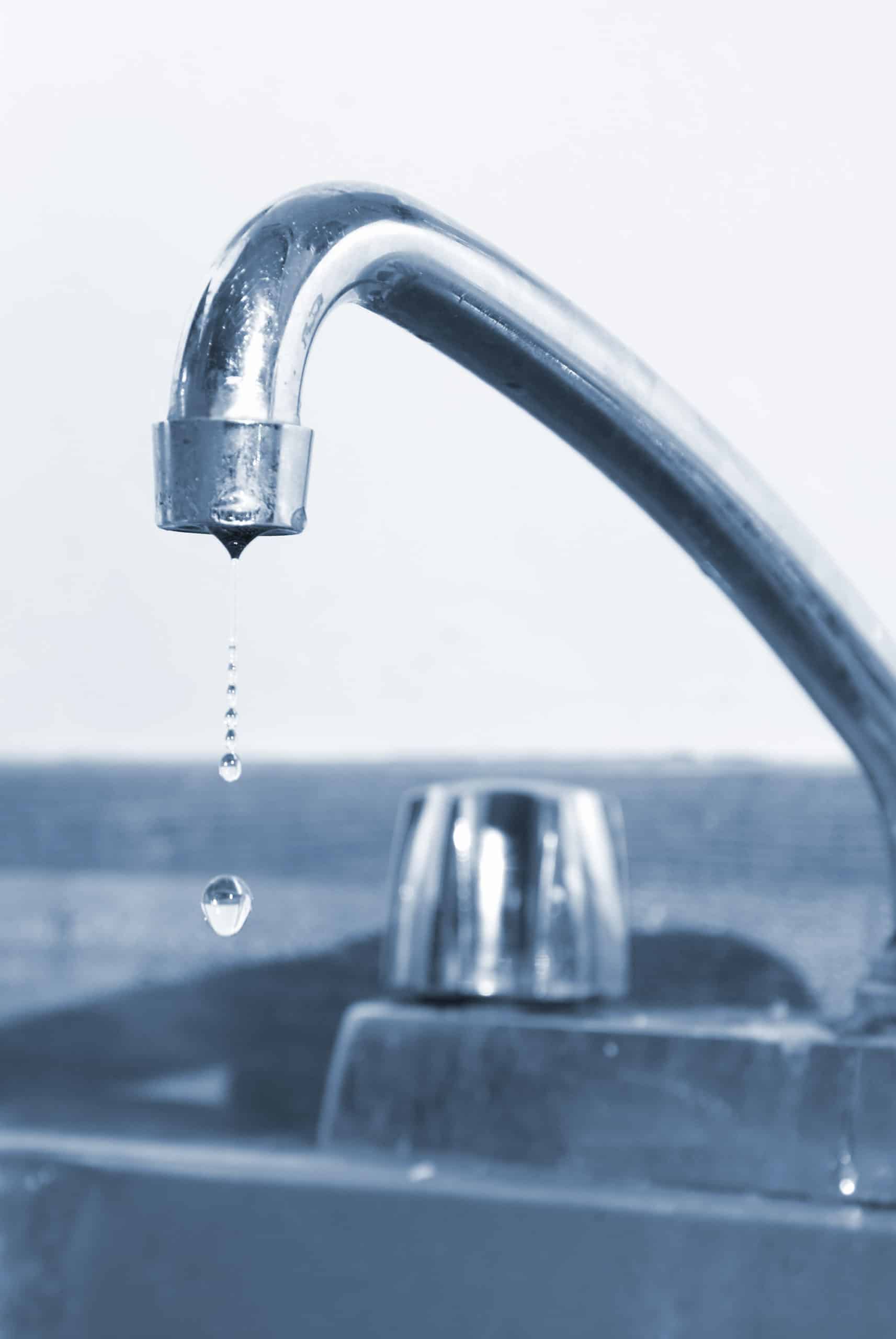This great article below on the subject of Why It's Important to Fix Leaky Faucets is particularly engaging. Don't bypass it.

Leaking faucets might feel like a minor trouble, but their effect goes beyond simply the inconvenience of the noise. From wasting water to sustaining unnecessary economic prices and health threats, disregarding a dripping tap can cause numerous repercussions. In this short article, we'll look into why it's critical to resolve this typical house concern promptly and efficiently.
Wastefulness of Water
Ecological Impact
Leaking faucets add dramatically to water wastage. According to the Epa (EPA), a solitary tap leaking at one drip per second can squander greater than 3,000 gallons of water each year. This not just pressures water resources but additionally influences ecosystems and wildlife depending on them.
Step-by-Step Overview to Fixing a Dripping Tap
Tools Required
Prior to trying to deal with a dripping faucet, gather the necessary tools, including an adjustable wrench, screwdrivers, replacement parts (such as washers or cartridges), and plumber's tape.
Typical Faucet Issues and Their Solutions
Determine the kind of faucet and the certain problem creating the drip. Usual problems consist of worn-out washers, corroded shutoff seats, or malfunctioning O-rings. Refer to manufacturer instructions or on the internet tutorials for detailed support on repair services.
Financial Prices
Raised Water Bills
Past the environmental effect, dripping taps can pump up water costs significantly. The collected wastefulness in time translates right into greater utility costs, which can have been prevented with timely repair work.
Prospective Property Damage
Moreover, long term dripping can cause damage to components and surfaces bordering the tap. Water buildup can create staining, corrosion, and even architectural problems if left unattended, resulting in additional fixing prices.
Health Concerns
Mold and Mildew Development
The consistent presence of wetness from a leaking tap produces a suitable environment for mold and mold growth. These fungi not just jeopardize interior air high quality but likewise position health and wellness risks, especially for people with breathing problems or allergies.
Waterborne Illness
Stagnant water in leaking taps can become a breeding place for microorganisms and various other pathogens, enhancing the risk of waterborne illness. Pollutants such as Legionella germs prosper in stagnant water, possibly resulting in serious diseases when ingested or inhaled.
DIY vs. Professional Repair
Benefits and drawbacks of Do It Yourself Repair Service
While some may try to take care of a trickling faucet themselves, DIY repairs feature their very own set of challenges. Without appropriate knowledge and devices, do it yourself efforts can exacerbate the issue or cause incomplete repair services, prolonging the issue.
Benefits of Employing a Specialist Plumber
Employing a professional plumber ensures that the underlying root cause of the dripping faucet is dealt with properly. Plumbings possess the competence and tools to diagnose and fix faucet issues effectively, saving time and reducing the threat of more damages.
Ecological Obligation
Specific Payment to Conservation
Taking duty for fixing leaking taps straightens with broader efforts towards water conservation and ecological sustainability. Every individual's activities jointly make a significant impact on maintaining priceless resources.
Lasting Living Practices
By focusing on punctual repair services and taking on water-saving behaviors, individuals contribute to sustainable living practices that benefit both present and future generations.
Preventive Measures
Routine Maintenance Tips
To stop trickling taps, carry out routine upkeep such as cleaning up aerators, inspecting for leaks, and changing worn-out parts without delay. Furthermore, think about installing water-saving tools or upgrading to much more reliable fixtures.
Relevance of Prompt Fixes
Addressing trickling taps as soon as they're seen prevents further water wastage and prospective damages, eventually saving both water and money in the future.
Influence On Building Value
Perception of Well-Maintained Residential Property
Keeping a property in good condition, including attending to maintenance issues like leaking faucets, enhances its regarded worth and desirability amongst prospective buyers or occupants.
Influence on Resale Value
Features with well-maintained plumbing components, including faucets, command higher resale values in the property market. Addressing trickling faucets can add to a favorable impact during residential property assessments and arrangements.
Final thought
Resolving a trickling tap exceeds plain ease; it's an important step towards preserving water, reducing monetary costs, and securing health and residential property. Whether with DIY repair work or professional support, acting to repair trickling faucets is a small yet impactful way to advertise accountable stewardship of resources and add to a much healthier, extra lasting future.
How to Fix a Leaky Faucet: Step-by-Step Repair Guide
A leaky faucet may seem like a simple annoyance, but if it's not fixed promptly, that leak could cost hundreds to potentially thousands. From water damage to mold, mildew, and high water bills, even a tiny leak can be catastrophic if left unattended. Damage like this can even affect the overall value of your home, so it's important to take the right approach for leaky faucet repair. You may need the help of a plumber in some cases, but we've got a few tips you can try on how to fix a leaky faucet before calling the pros.
Four Faucet Types
When you're learning how to fix a leaky faucet, the first step is knowing what kind of faucet you're working with! There are four common types.
Cartridge Faucets
Cartridge faucets come in one- or two-handled varieties. In one-handled cartridge faucets, hot and cold water combines in a single cartridge. In the two-handled versions, hot and cold water are controlled separately and mixed in the faucet.
Ball Faucets
Ball faucets have a single lever you push up and down to adjust the pressure and rotate to change the temperature. A slotted metal ball controls the amount of water allowed into the spout.
Compression Washer Faucets
They're the oldest type of faucet, but they're still used in many homes — especially older ones. Compression faucets have two separate handles that, when turned, raise or lower the washer that seals a water valve. This valve stops water from flowing through the faucet when it is turned off.
Disc Faucets
Disc faucets rarely need to be repaired due to their maintenance-free design. The water flow is controlled by two discs — the upper one raises and lowers against a fixed lower disc, creating a watertight seal. If your disc faucet starts leaking, you may need to replace the seals or clean residue buildup from the inlets.
Fixing a Leaky Faucet
Step 1: Turn Off the Water
Whether you're learning how to fix a leaky bathtub faucet or how to fix a leaky kitchen faucet, always turn off the water supply to your working area when you're fixing a leak. The last thing you want is a flood added to your list of things to fix.
Look for the shutoff valves below your sink or around the tub and turn them clockwise to stop the water flow. If your faucet doesn't have shutoff valves, you may need to turn off the water for the whole house. Check to make sure it's off by turning the faucet on. If nothing comes out, you're ready to start the repair.
Step 2: Take Apart the Faucet
How you disassemble your faucet depends on the type of fixture you have. You can use a flathead screwdriver to remove the caps on top of the handle or handles for cartridge and compression faucets. Inside, you should see handle screws. Unscrew these with a screwdriver to remove the handle.
Disc- and ball-style faucets will typically have an inlet screw near the handle, and removing that will reveal the interior of the faucet.
Detach the Valve Stem
For cartridge- and compression-style faucets, you'll see the inner valve stem or cartridge once you remove the faucet handles. If you have a compression faucet, unscrew the brass valve stem. If you have a cartridge faucet, pull out the cartridge. If your cartridge has been in place for a while, it may require some tools or extra force to remove it due to mineral deposits.
Examine and Replace Parts
Once you've removed the parts, check them out to confirm what needs to be replaced. You may see corroded rubber washers, O-rings, stems, or cartridges. On a ball-style faucet, check the seats and springs for damage.
If you need to repair a leaky disc faucet, check the inlet and seals on the lower disc.
Once you determine what parts must be replaced, visit your local hardware store. Bring the damaged parts with you to ensure you can purchase the correct components to replace them.
Clean Valves and Faucet Cavity
If you've removed a stem or cartridge, you may notice mineral buildup in the faucet's threads. Use white vinegar to clean the valve seat by soaking it for a few minutes, then scrub it away with a soft toothbrush and rinse with warm water. You can also clean the interior of the faucet in the same way.
Reassemble the Faucet
Once your faucet is cleaned and the required parts have been replaced, it's time to reassemble it. Put the pieces back together and slowly turn the water supply back on. Doing this slowly is crucial because too much initial water pressure can damage the new hardware you've just installed.
https://homewarranty.firstam.com/blog/how-to-fix-leaky-faucet

As a fervent reader on Water Dripping from Faucet: Why and How to Fix, I was thinking sharing that short article was necessary. Liked our posting? Please quickly share it. Let somebody else discover it. We value reading our article about .